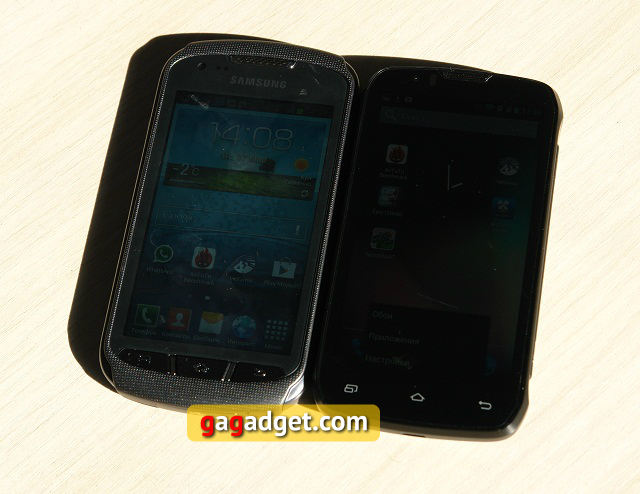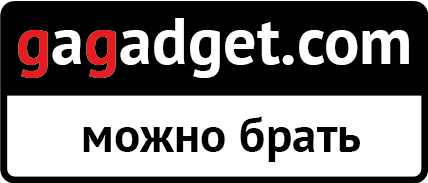
</ img>
All those who like to write in the comments to reviews of thin and beautiful Android smartphones “it would be better if they did
I can say decisively about the appearance of Highscreen Boostnothing. It is black, plastic, with rounded corners. The plastic on the back is textured; it doesn’t feel the most pleasant to the touch, but it’s okay considering the price of the device. Control keys on the front panel – sensory. In addition to them, you can see the peephole of the front 1.3-megapixel camera, the speaker grid and scratches (alas, the screen is easily susceptible to mechanical damage). The screen lock and volume control buttons are located on the right and left sides of the device, respectively. Both barely protrude above the body and are difficult to find by touch even after a week of using the device. What makes matters worse is the fact that at both ends of the Highscreen Boost there are protrusions that fully correspond in size to both buttons. Slots for SIM cards and memory cards are hidden under the battery. This is how it all looks.

</ img>
The smartphone screen makes a pleasant impression inindoors – good viewing angles, decent pixel density (256 ppi), honest black color. But here's the problem – it has extremely dim backlighting. Do you remember in my review of the Samsung Galaxy Xcover 2 that I complained that the screen was hard to read in the sun? Now look at the photo below (Samsung Galaxy Xcover 2 on the left, Highscreen Boost on the right) and imagine what the owner of this device will do when the long-awaited sunny season comes.

</ img>
The main difference between Highscreen Boost andAndroid devices with a similar pedigree is that it has a processor manufactured not by Mediatek (or some fellow countryman), but by Qualcomm. The heart of the model is the MSM8225 Snapdragon S4 with a clock frequency of 1.4 GHz and an Adreno 203 graphics core. All this is supported by 1 GB of RAM (by the way, 4 GB built in) and bare Android 4.1. The benchmark results can be seen in the gallery of screenshots below. They're average (in a good way) in graphics tests (29.2 in Nenamark 2 and 22.3 in Open Citadel), above average in AnTuTu Benchmark (7,206 points) and Vellamo (1,313 points). But in any case, the results are decent considering the price of the smartphone – 9,000 rubles for Russia, which translated into native currency is almost 2,400 UAH.
I left the most interesting part for a snack.– battery life. In the AnTuTu Battery test, Highscreen Boost scored 857 points, while at the maximum load it discharged from 100% to 19% in 4 hours 44 minutes. In the battery test, GBL Mark showed 6 hours and 39 minutes when broadcasting images in HD resolution at maximum screen brightness with a frequency of 60 fps. In my usage scenario, the battery charge drained within three days, or even more. I haven’t seen any Android smartphones equal to Highscreen Boost in terms of battery life, that’s a fact.
So, if you belong to that categoryusers for whom the price and characteristics of the device are in the first place, while the brand does not matter, and you are looking for a smartphone with maximum autonomy, Highscreen Boost should be considered as one of the main candidates. In addition to excellent autonomy, the user will also get very decent performance and good screen resolution by the standards of the price category. But the main contraindication to the purchase of Highscreen Boost is a weak screen backlight, which will turn into a big problem with the onset of sunny days. Because in such conditions, the Highscreen Boost screen becomes completely unreadable.
